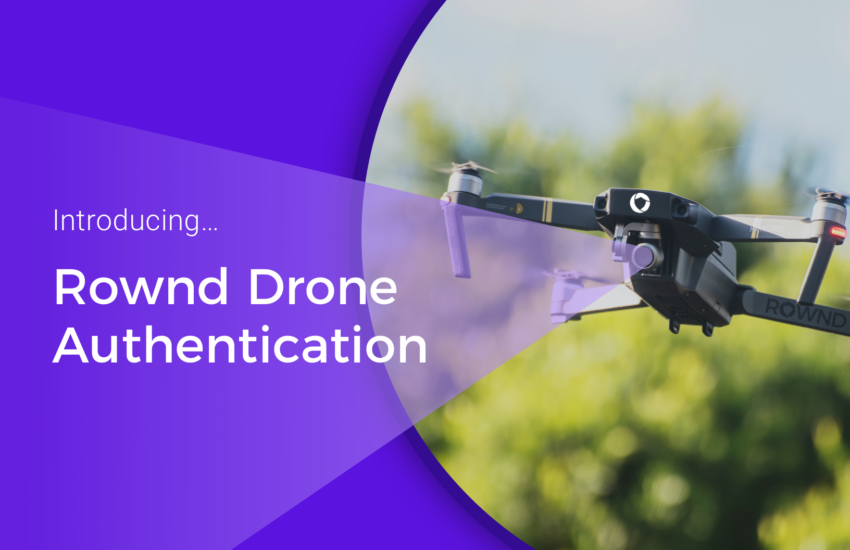
Are you sick of user drop-off at your registration or sign-in page? Tired of making your users remember passwords? Rownd can help!
Over the past several months, we’ve been hard at work building the future of authentication across the internet. We quickly realized that when it comes to authenticating users, security is of utmost importance. As a business, you need to ensure that your customers are who they say they are—that they aren’t hackers attempting to gain access to sensitive information. So, we started brainstorming ways to enhance your security and the experience that users have when they sign into your website.
Our solution? Rownd Drone Authentication or “RODA” as we refer to it internally.
How does it work?
When a visitor arrives at your website and is prompted to authenticate, we submit a request to the RODA network on their behalf. The drone nearest the visitor immediately triangulates the individual’s position, travels to their location, and hovers about six feet in front of them. Using a proprietary combination of lidar, infrared, and ultra-high frame-rate cameras, the drone captures over 3.6 billion unique data points about the individual and compares them with an encrypted “bio-print” stored in our database. If the analysis matches, the drone sends a signal back to Rownd that completes the sign-in process.
While this has been a difficult problem to solve, we’ve built a team that specializes in drone automation and security. Since the internet is everywhere, we’ve quietly built or acquired hundreds of drone “home bases” across the globe in Uganda, China, Germany, Russia, Mexico, the United States, and even Antarctica (just to name a few). The idea is that a drone will arrive at an individual’s position within minutes of an authentication request, no matter where they are.
Initial beta testing has shown great promise for this technology, and we’ve seen an overwhelmingly enthusiastic response to this new form of user authentication. We’re currently working with internet standards organizations to formalize the protocols we’ve built and roll them into the existing WebAuthn standard for broad adoption across web browsers everywhere. We expect to complete this effort by the end of April.
We hope you’re excited to join us on this journey and we look forward to hearing your feedback as we roll out this feature to everyone!
Be sure to check out our extra-detailed product page for more information!
